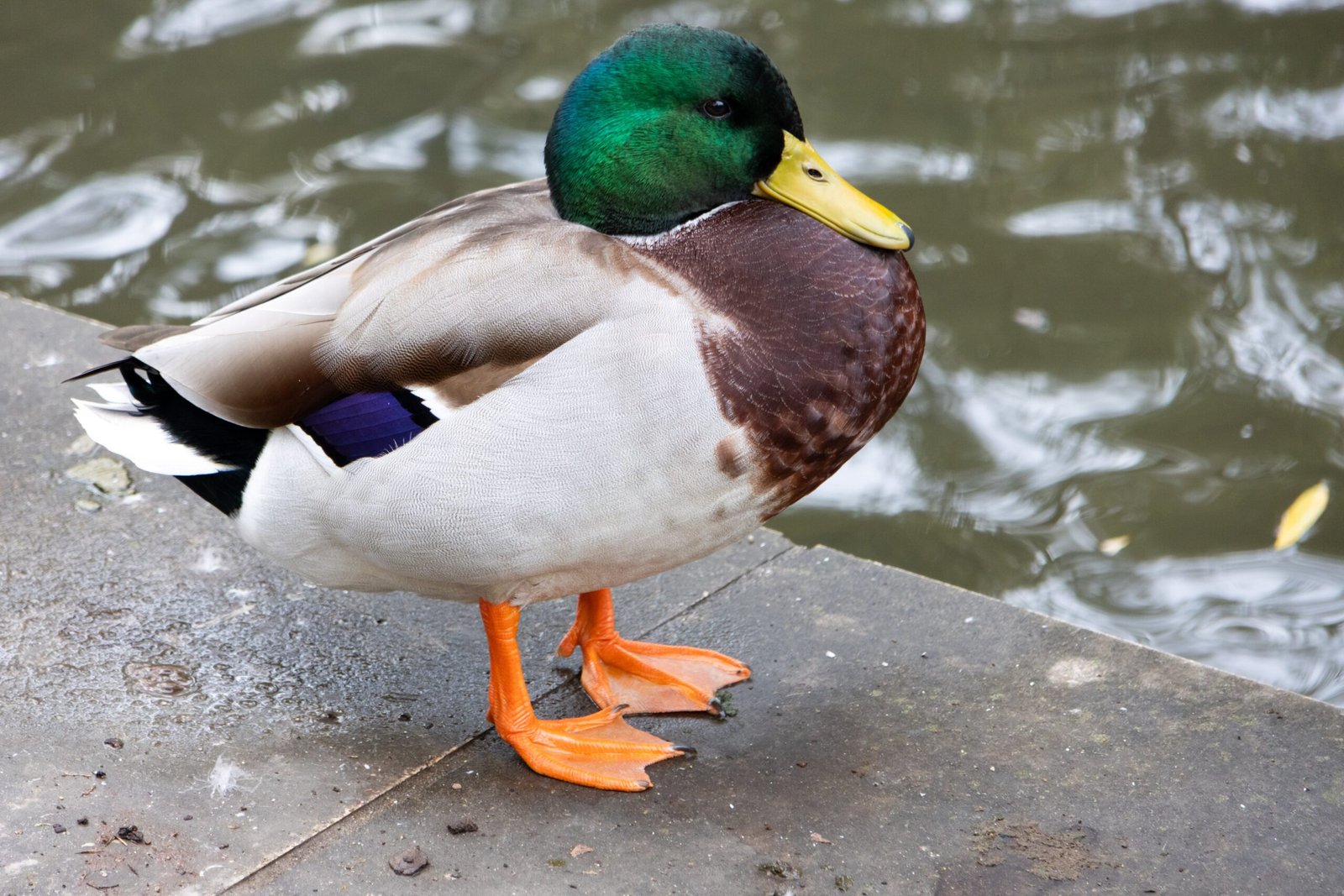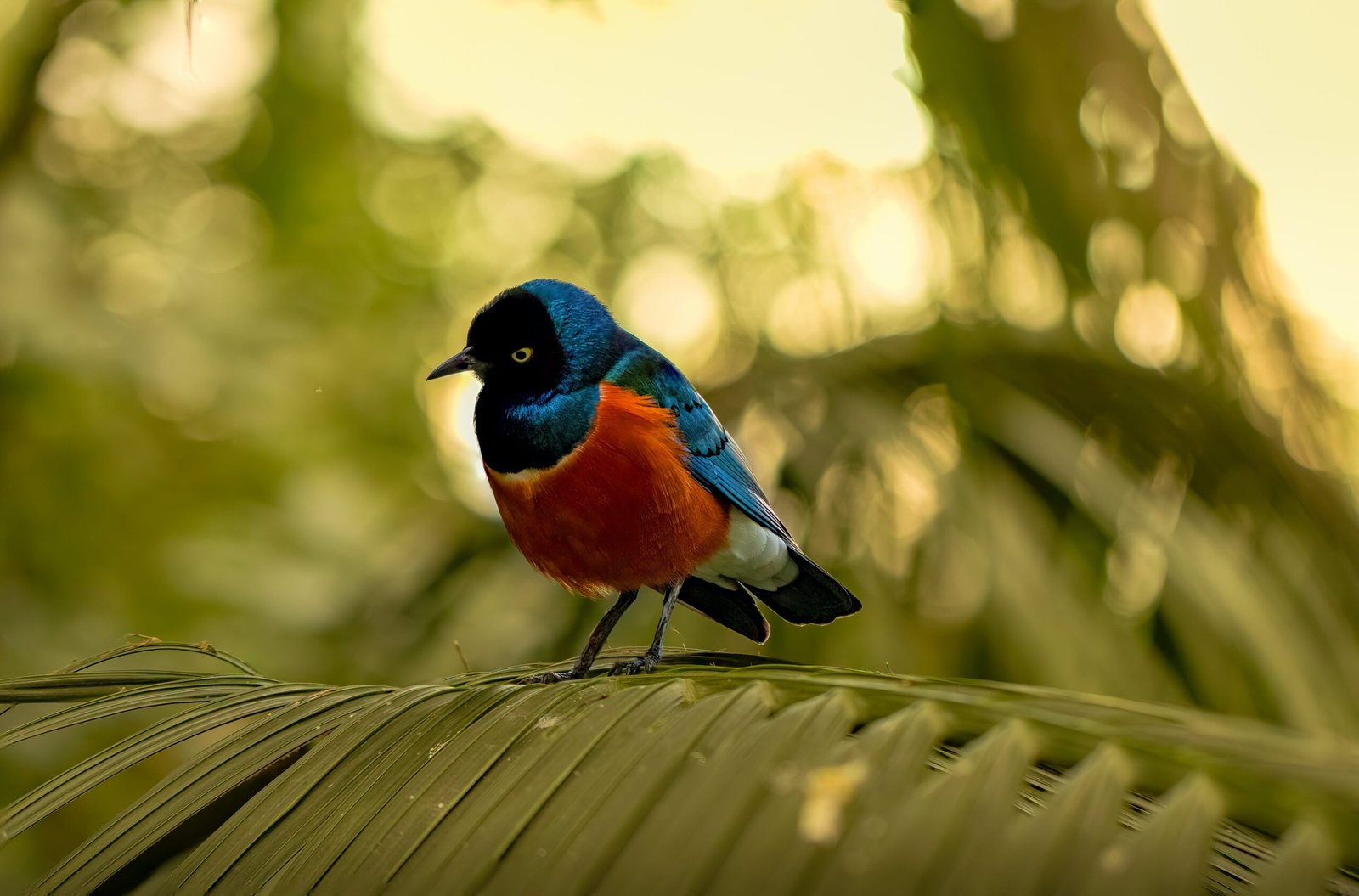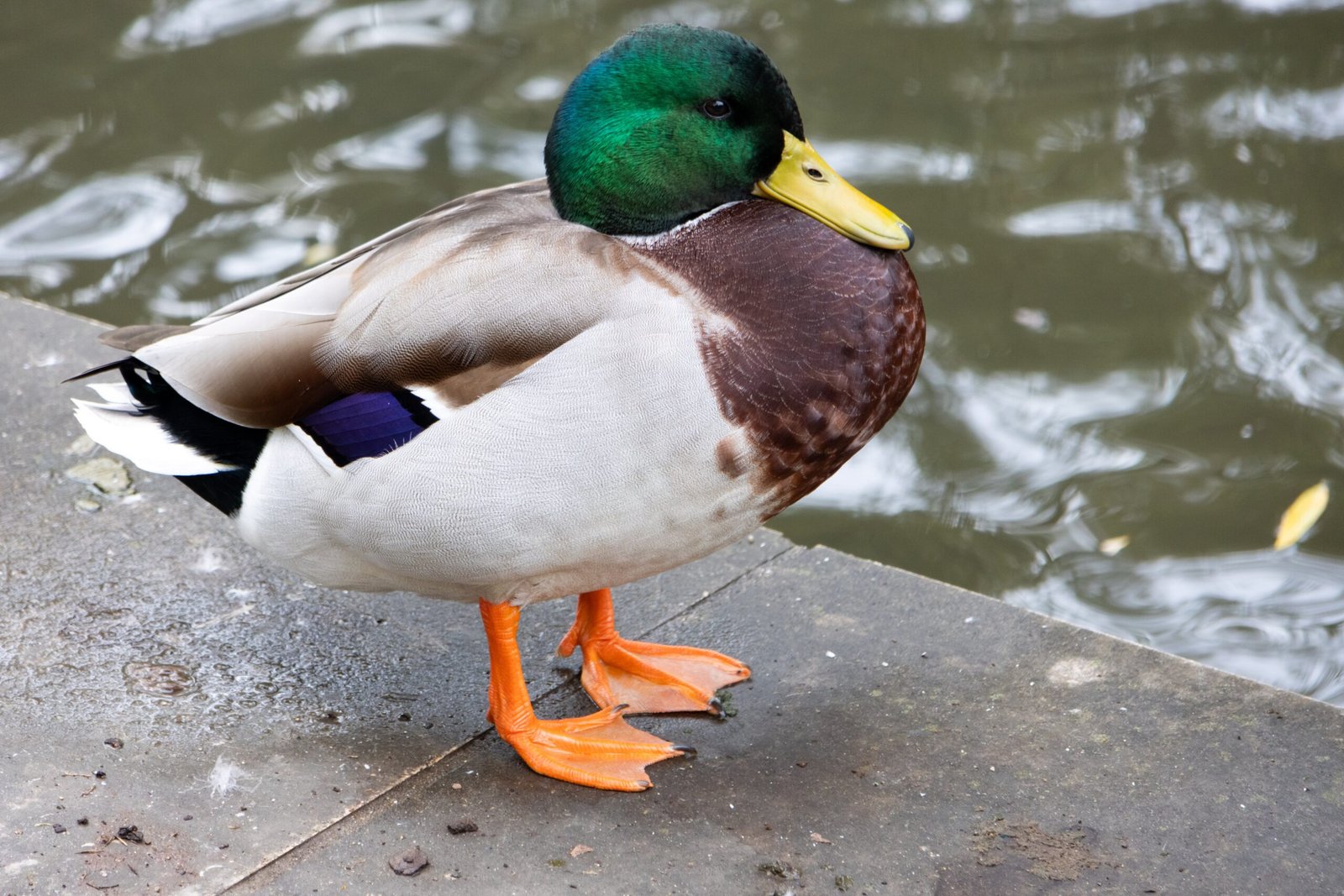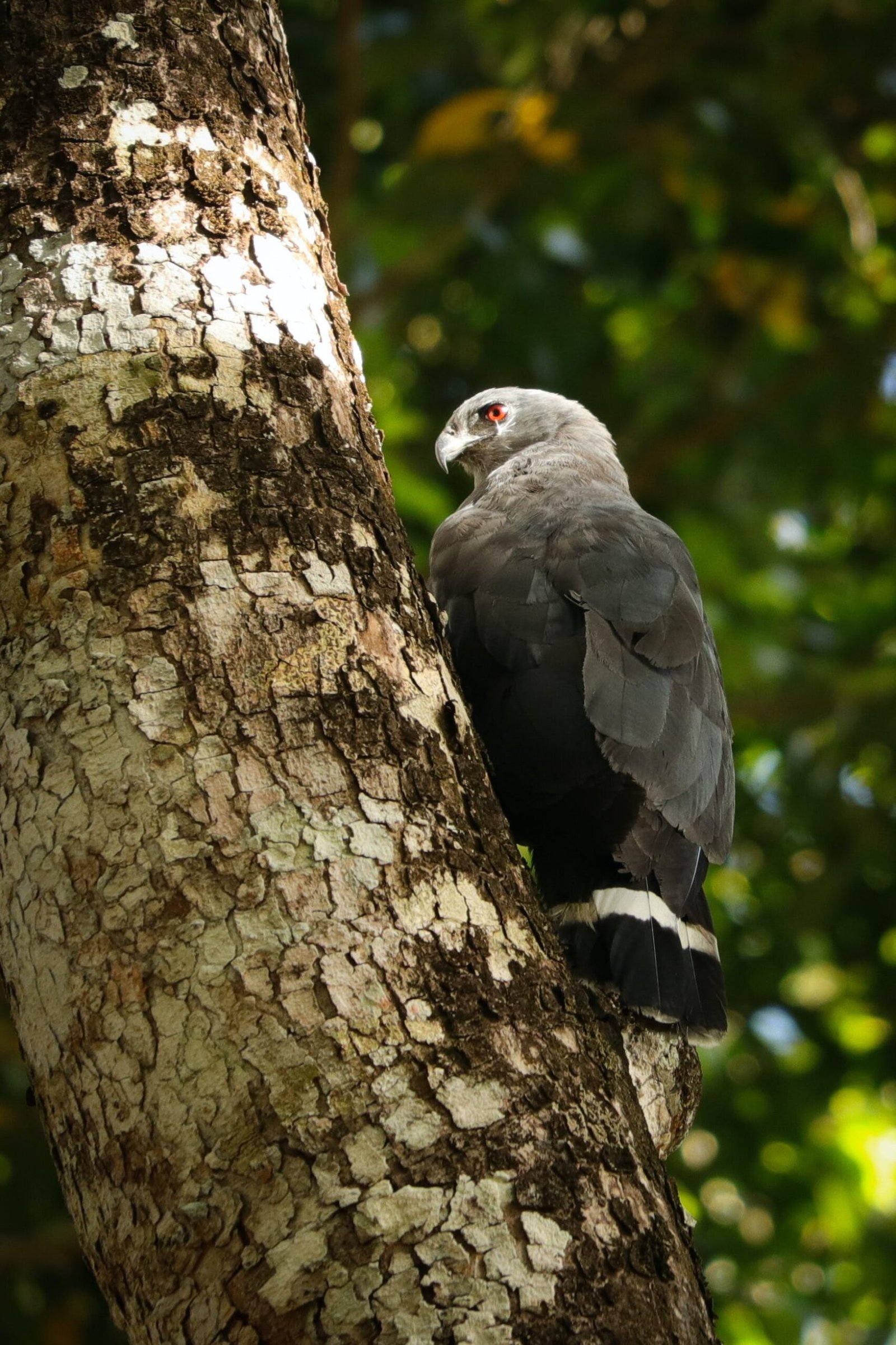
Have you ever wondered what the purpose of a chicken’s wattle and comb is? You may have noticed these unique features on the top of their heads, but do they serve any function? In this article, we will explore the fascinating world of a chicken’s wattle and comb, unveiling the mysteries behind these intriguing appendages. Get ready to discover the functions and significance of these peculiar structures, shedding light on the hidden secrets of our feathered friends.

The Anatomy of a Chicken’s Wattle and Comb
Description of the Wattle
The wattle is a fleshy protuberance that hangs down from the lower side of a chicken’s head. It is typically located under the chicken’s chin, on either side of its beak. The wattle is often elongated and has a distinct reddish or pinkish color. It is composed of blood vessels, connective tissue, and skin. The size of the wattle can vary depending on the breed and sex of the chicken. In some breeds, such as the Silkie, the wattles are less prominent or even absent.
Description of the Comb
The comb is another highly visible feature on a chicken’s head. It is a fleshy crest located on top of the chicken’s head. Combs can come in different shapes and sizes, with some breeds having small, compact combs while others have large, elaborate ones. The comb is composed of blood vessels and soft tissue, and its appearance can range from a smooth ridge to a more intricate and decorative formation. Just like the wattle, the comb also comes in various colors, including red, pink, or even black.

Functions of a Chicken’s Wattle and Comb
Thermoregulation
One of the primary functions of a chicken’s wattle and comb is thermoregulation. These fleshy appendages help chickens regulate their body temperature, especially in hot weather. The numerous blood vessels present in the wattle and comb allow for efficient heat exchange. During hot weather, the blood vessels dilate, allowing the blood closer to the surface to cool down. As a result, heat is dissipated from the chicken’s body, helping to prevent overheating. Conversely, during colder temperatures, the blood vessels constrict to minimize heat loss and keep the chicken warm.
Sexual Selection
The wattle and comb also play a crucial role in sexual selection. In many chicken breeds, the size, color, and overall condition of the wattle and comb are important indicators of sexual maturity and fitness. A healthy, vibrant wattle and comb are associated with higher levels of hormones and overall reproductive fitness. Roosters with larger, more prominent combs are often seen as more desirable by hens, as they may signal strong genetic traits and higher fertility.
Communication and Social Interaction
Another vital function of the wattle and comb is communication and social interaction within the chicken flock. Chickens use their wattle and comb, along with other body language signals, to convey information and maintain social hierarchies. For example, a dominant rooster may puff up his comb and wattle to assert his authority and establish himself as the leader of the flock. Likewise, during courtship displays, both roosters and hens may use the wattle and comb to communicate their intentions and attract potential mates.

The Importance of a Healthy Wattle and Comb
Indicator of Overall Health
The condition of a chicken’s wattle and comb can serve as an essential indicator of its overall health. A vibrant, well-developed wattle and comb are signs of a healthy chicken. Pale or discolored wattles and combs, on the other hand, might indicate an underlying health issue such as anemia or infection. By regularly inspecting the state of their bird’s wattle and comb, chicken owners can promptly identify potential health problems and seek appropriate veterinary care if necessary, helping to ensure the overall well-being of their flock.
Protection and Defense
While the primary role of the wattle and comb is not protection, they can still serve a defensive purpose. The size and prominence of the wattle and comb can act as a deterrent to potential predators. The vibrant colors and larger size may signal to predators that the chicken is strong and healthy, making them think twice before attacking. Additionally, during territorial disputes or confrontations within the flock, a rooster’s puffed-up comb and wattle can make them appear more formidable and assertive, serving as a warning to other chickens to keep their distance.
In conclusion, the wattle and comb of a chicken are fascinating and multifunctional body parts. From their role in thermoregulation and sexual selection to communication and social interaction, the wattle and comb are integral to a chicken’s overall well-being and interactions within its flock. By understanding and appreciating these unique features, chicken owners can better care for and appreciate the complexities of their feathered friends. So, next time you observe a chicken with its vibrant wattle and comb, take a moment to admire the incredible anatomy and importance of these unique appendages.







